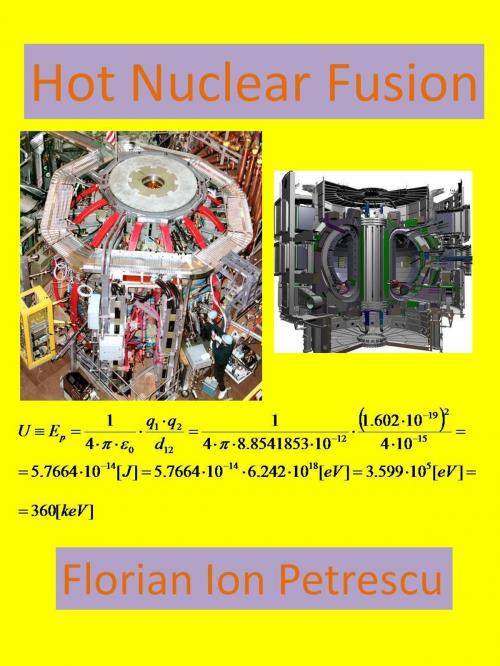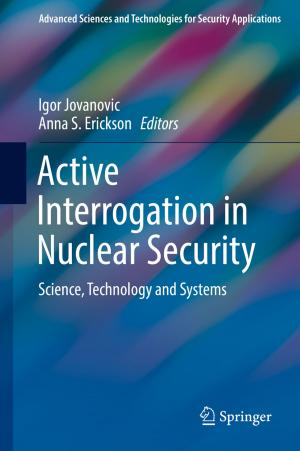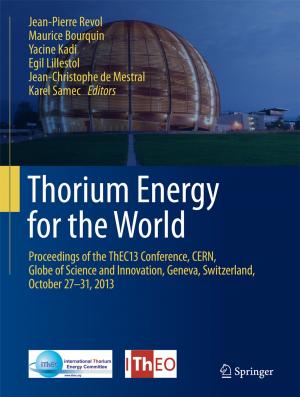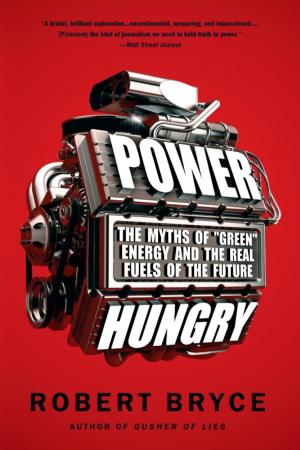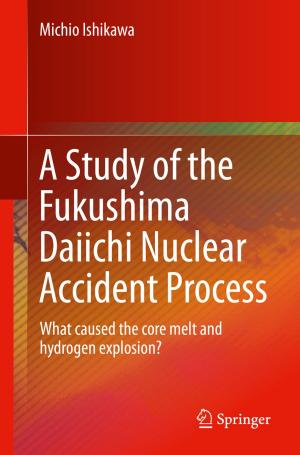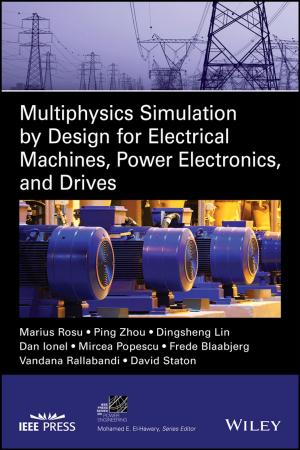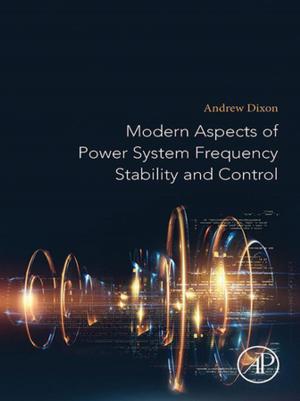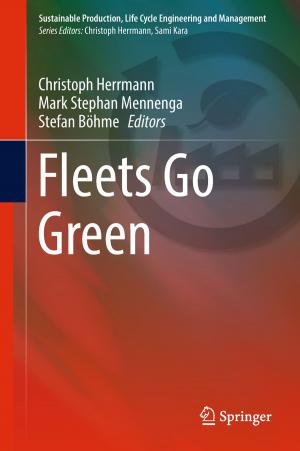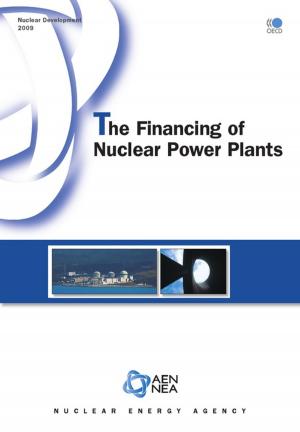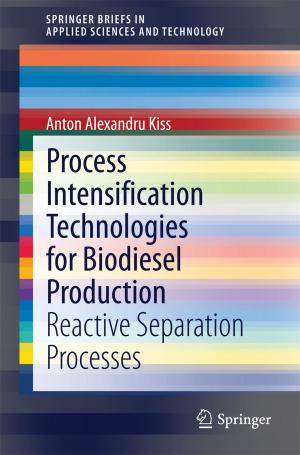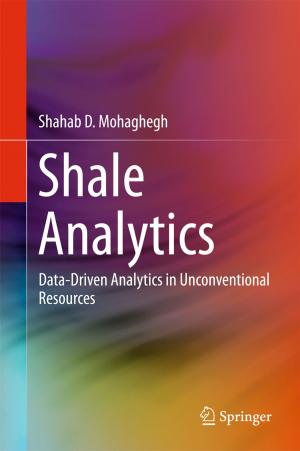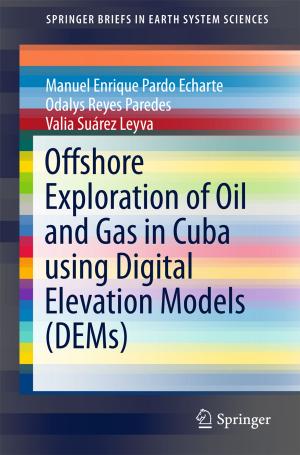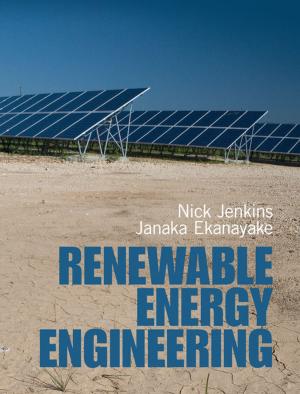| Author: | Florian Ion Petrescu | ISBN: | 9781476449050 |
| Publisher: | Florian Ion Petrescu | Publication: | July 10, 2012 |
| Imprint: | Smashwords Edition | Language: | English |
| Author: | Florian Ion Petrescu |
| ISBN: | 9781476449050 |
| Publisher: | Florian Ion Petrescu |
| Publication: | July 10, 2012 |
| Imprint: | Smashwords Edition |
| Language: | English |
With the help of powerful lasers one can create a dense and highly ionized plasma. We need a highly ionized dense plasma to achieve nuclear fusion (cold or hot).
Since 1989, it talks about achieving nuclear fusion hot and cold. Another two decades have passed and humanity still does not benefit from nuclear fusion energy. What actually happens? Is it an unattainable myth? It was also circulated by the media that has been achieved nuclear fusion heat. Since 1989 there are all sorts of scientists with all kinds of crafted devices, which declare that they can produce nuclear power obtained by cold fusion (using cold plasma). May be that these devices works, but their yield is probably too small, or at an enlarged scale these give not the expected results. This is the real reason why we can't use yet the survival fuel (the deuterium).
Unfortunately today the dominant processes that produce energy are combustion (reaction) chemical combination of carbon with oxygen. Thermal energy released from such reactions is conventionally valued at about 7000 calories per gram.
Only the early 20th century physicists have succeeded in producing, other energy than by traditional methods. Energy release per unit mass was enormous compared with that obtained by conventional procedures. The Kilowatt based on nuclear fission of uranium nuclei has today a significant share in global energy balance. Unfortunately, the nuclear power plants burn the fuel uranium, already considered conventional and on extinct.
The current nuclear power is considered a transition way, to the energy thermonuclear, based on fusion of light nuclei.
The main particularity of synthesis reaction (fusion) is the high prevalence of the used fuel (primary), deuterium. It can be obtained relatively simply from ordinary water.
Deuterium was extracted from water for the first time by Harold Urey in 1931. Even at that time, small linear electrostatic accelerators, have indicated that D-D reaction (fusion of two deuterium nuclei) is exothermic.
Today we know that not only the first isotope of hydrogen (deuterium) produces fusion energy, but and the second (heavy) isotope of hydrogen (tritium) can produce energy by nuclear fusion.
The first reaction is possible between two nuclei of deuterium, from which can be obtained, either a tritium nucleus plus a proton and energy, or an isotope of helium with a neutron and energy.
Observations: a deuterium nucleus has a proton and a neutron; a tritium nucleus has a proton and two neutrons.
Fusion can occur between a nucleus of deuterium and one of tritium.
Another fusion reaction can be produced between a nucleus of deuterium and an isotope of helium.
For these reactions to occur, should that the deuterium nuclei have enough kinetic energy to overcome the electrostatic forces of rejection due to the positive tasks of protons in the nuclei.
For deuterium, for average kinetic energy are required tens of keV.
For 1 keV are needed about 10 million degrees temperature. For this reason hot fusion requires a temperature of hundreds of millions of degrees.
The huge temperature is done with high power lasers acting hot plasma.
Electromagnetic fields are arranged so that it can maintain hot plasma.
The best results were obtained with the Tokamak-type installations.
ITER: the world's largest Tokamak
ITER is based on the 'tokamak' concept of magnetic confinement, in which the plasma is contained in a doughnut-shaped vacuum vessel. The fuel—a mixture of deuterium and tritium, two isotopes of hydrogen—is heated to temperatures in excess of 150 million°C, forming a hot plasma. Strong magnetic fields are used to keep the plasma away from the walls; these are produced by superconducting coils surrounding the vessel, and by an electrical current driven through the plasma.
Deuterium fuel is delivered in heavy water, D2O.
Tritium is obtained in the laboratory by the following reaction.
With the help of powerful lasers one can create a dense and highly ionized plasma. We need a highly ionized dense plasma to achieve nuclear fusion (cold or hot).
Since 1989, it talks about achieving nuclear fusion hot and cold. Another two decades have passed and humanity still does not benefit from nuclear fusion energy. What actually happens? Is it an unattainable myth? It was also circulated by the media that has been achieved nuclear fusion heat. Since 1989 there are all sorts of scientists with all kinds of crafted devices, which declare that they can produce nuclear power obtained by cold fusion (using cold plasma). May be that these devices works, but their yield is probably too small, or at an enlarged scale these give not the expected results. This is the real reason why we can't use yet the survival fuel (the deuterium).
Unfortunately today the dominant processes that produce energy are combustion (reaction) chemical combination of carbon with oxygen. Thermal energy released from such reactions is conventionally valued at about 7000 calories per gram.
Only the early 20th century physicists have succeeded in producing, other energy than by traditional methods. Energy release per unit mass was enormous compared with that obtained by conventional procedures. The Kilowatt based on nuclear fission of uranium nuclei has today a significant share in global energy balance. Unfortunately, the nuclear power plants burn the fuel uranium, already considered conventional and on extinct.
The current nuclear power is considered a transition way, to the energy thermonuclear, based on fusion of light nuclei.
The main particularity of synthesis reaction (fusion) is the high prevalence of the used fuel (primary), deuterium. It can be obtained relatively simply from ordinary water.
Deuterium was extracted from water for the first time by Harold Urey in 1931. Even at that time, small linear electrostatic accelerators, have indicated that D-D reaction (fusion of two deuterium nuclei) is exothermic.
Today we know that not only the first isotope of hydrogen (deuterium) produces fusion energy, but and the second (heavy) isotope of hydrogen (tritium) can produce energy by nuclear fusion.
The first reaction is possible between two nuclei of deuterium, from which can be obtained, either a tritium nucleus plus a proton and energy, or an isotope of helium with a neutron and energy.
Observations: a deuterium nucleus has a proton and a neutron; a tritium nucleus has a proton and two neutrons.
Fusion can occur between a nucleus of deuterium and one of tritium.
Another fusion reaction can be produced between a nucleus of deuterium and an isotope of helium.
For these reactions to occur, should that the deuterium nuclei have enough kinetic energy to overcome the electrostatic forces of rejection due to the positive tasks of protons in the nuclei.
For deuterium, for average kinetic energy are required tens of keV.
For 1 keV are needed about 10 million degrees temperature. For this reason hot fusion requires a temperature of hundreds of millions of degrees.
The huge temperature is done with high power lasers acting hot plasma.
Electromagnetic fields are arranged so that it can maintain hot plasma.
The best results were obtained with the Tokamak-type installations.
ITER: the world's largest Tokamak
ITER is based on the 'tokamak' concept of magnetic confinement, in which the plasma is contained in a doughnut-shaped vacuum vessel. The fuel—a mixture of deuterium and tritium, two isotopes of hydrogen—is heated to temperatures in excess of 150 million°C, forming a hot plasma. Strong magnetic fields are used to keep the plasma away from the walls; these are produced by superconducting coils surrounding the vessel, and by an electrical current driven through the plasma.
Deuterium fuel is delivered in heavy water, D2O.
Tritium is obtained in the laboratory by the following reaction.
